It started life as a large, unfaired cruiser/touring motorcycle and has grown in size, complexity and comfort ever since. Initially powered by a flat-four, liquid-cooled four-stroke engine of 999cc producing 80 horsepower, it is now powered by a flat-six-cylinder engine of 1,883cc, producing 125 horsepower. The new Gold Wing can rightly lay claim to the title of the best touring bike on the planet.
A Lot Has Changed in 48 years
The first Gold Wing was the GL1000, introduced in 1974. It was the first Japanese production motorcycle with a water-cooled four-stroke engine. Its original intended role was more of a large sports bike but when Honda realized owners were doing big mileages, they re-evaluated the role as a long-distance bike, and in North America, that meant a motorcycle that would need comfort for the long haul, wind protection, a smooth ride, a comfortable seat, luggage storage, and power in abundance.
Such a motorcycle would need to be maintenance-light so shaft drive was adopted from the outset.
From that day to this, the Honda Gold Wing has got better and better at its job, not to mention larger, heavier, and more powerful. The 2018 Gold Wing is virtually new from stem to stern, not an inappropriate description for a bike that is almost as big as a small boat.
What’s in a Name?
In 2018, Honda completely re-engineered the Gold Wing. Two new models were introduced: the Gold Wing Tour and the Gold Wing. The Tour has panniers and a top box, while the Gold Wing just has panniers, for more of a Bagger look. They are identical mechanically but the Gold Wing deletes the traction control, electronic suspension adjustment, heated seat, centre stand and airbag option.
Both models are available with Honda’s DCT (double clutch transmission - in effect, an automatic but with individual gears) and features a reverse gear. Manual gearbox Gold Wings make do with an electrically-assisted reverse.
The Gold Wing (the standard model) has a more low-key, blacked-out look which, along with the lack of a top box, makes it look even sportier.
Engine
The layout might be familiar but the flat-six cylinder engine is all new. 1,833cc and 24-valves enable a power output of 125 horsepower and 123.2 pound-feet of torque. Fuel injection is used and final drive through either the six-speed manual or seven-speed DCT gearbox is by shaft drive, as it always has been.
Honda has tuned the engine to have a broad spread of torque from very low revs all the way through the mid-range which is where most riders will spend the most time. This means that, should you opt for the manual transmission, you won’t need to constantly change gears to accelerate past slower traffic.
If you are interested, the Gold Wing will accelerate from 0-60mph in a very swift 3.4 seconds. There aren’t too many supercars that can match that, let alone a large, comfortable SUV!
Suspension
The Gold Wing has a double wishbone front suspension set-up, which is a brilliant compromise between soaking up road irregularities for a magic-carpet ride and confidence-inspiring handling when the going gets twisty. The Gold Wing Tour uses Showa electronic suspension, which adjusts damping on the fly. The standard Gold Wing makes do with manually adjustable suspension front and back but it’s no worse for it.
The advantage of the double wishbone front suspension set up is that it reduces braking dive considerably. The design also reduces the amount of bump shock transferred to the rider through the handlebars.
Electronics
The Gold Wing - in either form - is one of the most electronically sophisticated bikes you can buy and it is all easily configured via the seven-inch TFT dash which sits between the speedo and tach. The cockpit of a Gold Wing is a busy place to look at, with an awful lot of buttons both on a central panel on the gas tank and one both ends of the handlebars.
Apple CarPlay is incorporated and so is Bluetooth connectivity. There is a navigation system built in which, in the past, has proved itself to be a bit of a lemon on many bikes as it can be out of date very soon. Honda has solved this problem by offering every Gold Wing customer 10 years of free map upgrades so your maps will always be up to date.
There’s even something called HomeLink System, that can be programmed to open gates or garage doors so you don’t have to fumble in a pocket for the remote.
Naturally, the bike is equipped with a keyless system which means you can start the bike by simply pressing a button. The key can be switched off if you are still in range of the bike but want to ensure it stays both locked and unable to be started. Should the key fob fail, such as when it runs out of battery - always at the most inconvenient moment - there is a physical key hidden in the fob which you can use to unlock the panniers via a secret keyhole on the bike, after which you can enter a code so you can start the bike and ride home.
Oh, and you can also specify your Gold Wing with a rider airbag!
Brakes
With all that weight, the brakes need to be good and, unsurprisingly, they are! The twin front discs are 320mm and are gripped by 6-piston Nissin calipers, while the rear brake is a 316mm disc. Front and rear brakes are linked (electronically on the Gold Wing Tour: the brain works out how much force to distribute to each wheel) and work seamlessly in tandem with the ABS.
Honda has worked hard to get the braking response just right: unlike a sports bike, the brakes can’t have too sharp an initial bite but do have to be immensely powerful to bring the bike to a safe stop in the shortest distance possible.
The Aerodynamics are perfect
Large it may be, but the new Gold Wing has been designed with the help of extensive wind-tunnel development which makes it as stable as it is possible to make a motorcycle, whether in side winds or facing huge oncoming semis and the wall of air they push in front of them. The new fairing reduces aerodynamic drag by 11.8-percent.
The fairing and screen also completely insulate the rider from wind, which is an important passive safety feature: the less stress on the rider, the less fatigue they will suffer and the greater the level of concentration that can be maintained.
The screen has been moved closer to the rider, which allows it to be smaller while doing the best job possible and ducts in the fairing control the flow of air over and around the rider and passenger. The screen is electrically adjustable.
It’s Lighter
While neither Gold Wing model is what you might call light, they are a lot lighter than the outgoing models. Around 90 pounds of excess weight has been lost, largely thanks to the new aluminum frame and swing arm. Because the engine is much more fuel efficient, the tank is 1.1 gallons smaller but still gives the same range. Honda also played around with the weight distribution, moving more of it forwards which plays a large part in the improvement in the Gold Wing’s handling.
One Small Issue
While the overall layout of the Gold Wing is superb, the ergonomics might not suit everybody. There’s nothing wrong with the rider triangle (grips, pegs, seat) and the seat is supremely comfortable, but that engine with huge cylinder banks sticking out each side, much like the BMW with its boxer engine, does mean that you can’t move your feet and legs around as much as you would be able to with an upright-cylinder engine. Nor can you fit accessory highway pegs.
However, you’ll need to stop to fill up with gas so you can stretch your legs then!
Getting Better With Age
After 48 years in production, the Gold Wing just keeps getting better, like a fine wine. The 2022 Wings are better in every conceivable parameter: comfort, performance, handling, braking, fuel efficiency, looks, luggage capacity. It might be heavier and more complicated than the first four generations of the model, but it is also measurably better in every way. Yes, the price has risen with every new generation but, at between $25,300 (standard Gold Wing with DCT transmission) and $32,800 (Gold Wing Tour with DCT and rider airbag) it represents very good value for money in this category, especially when you consider all its strengths.
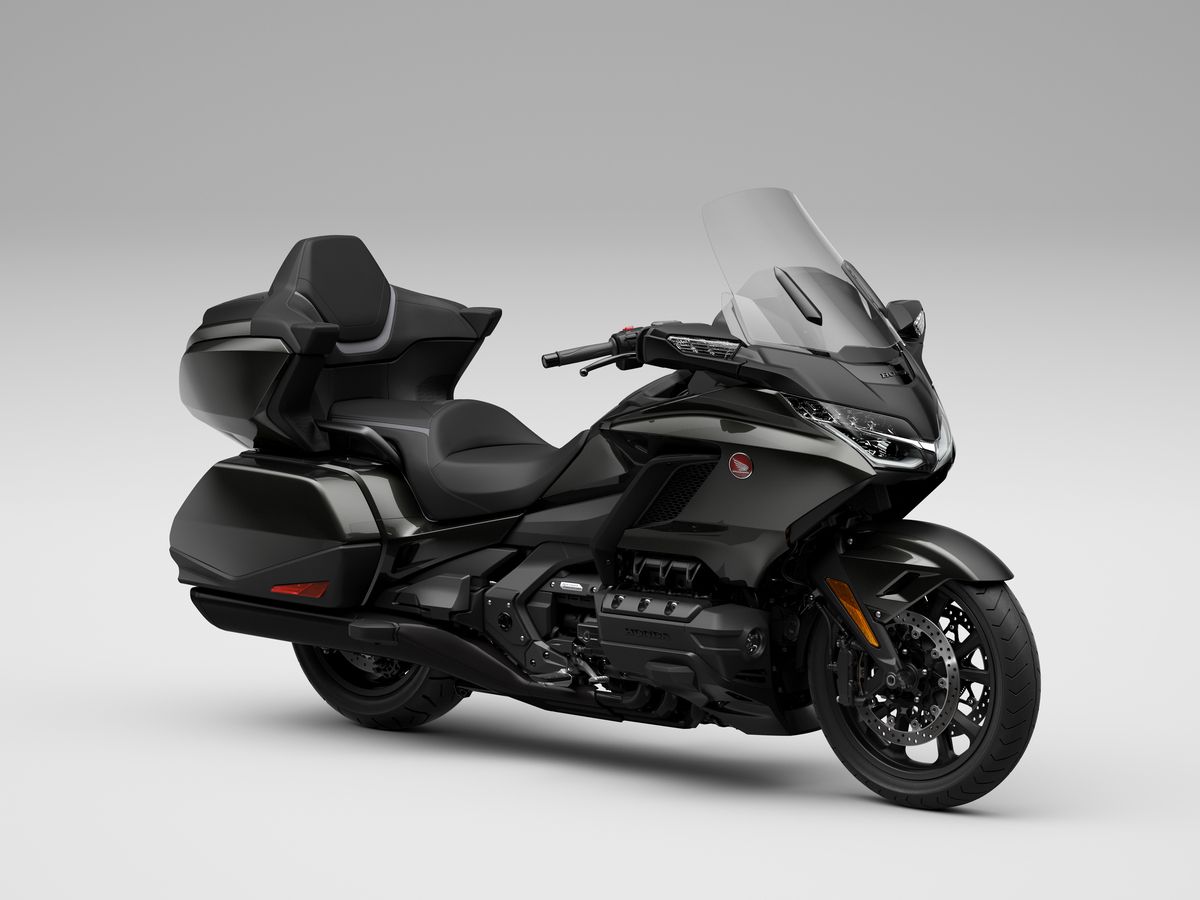
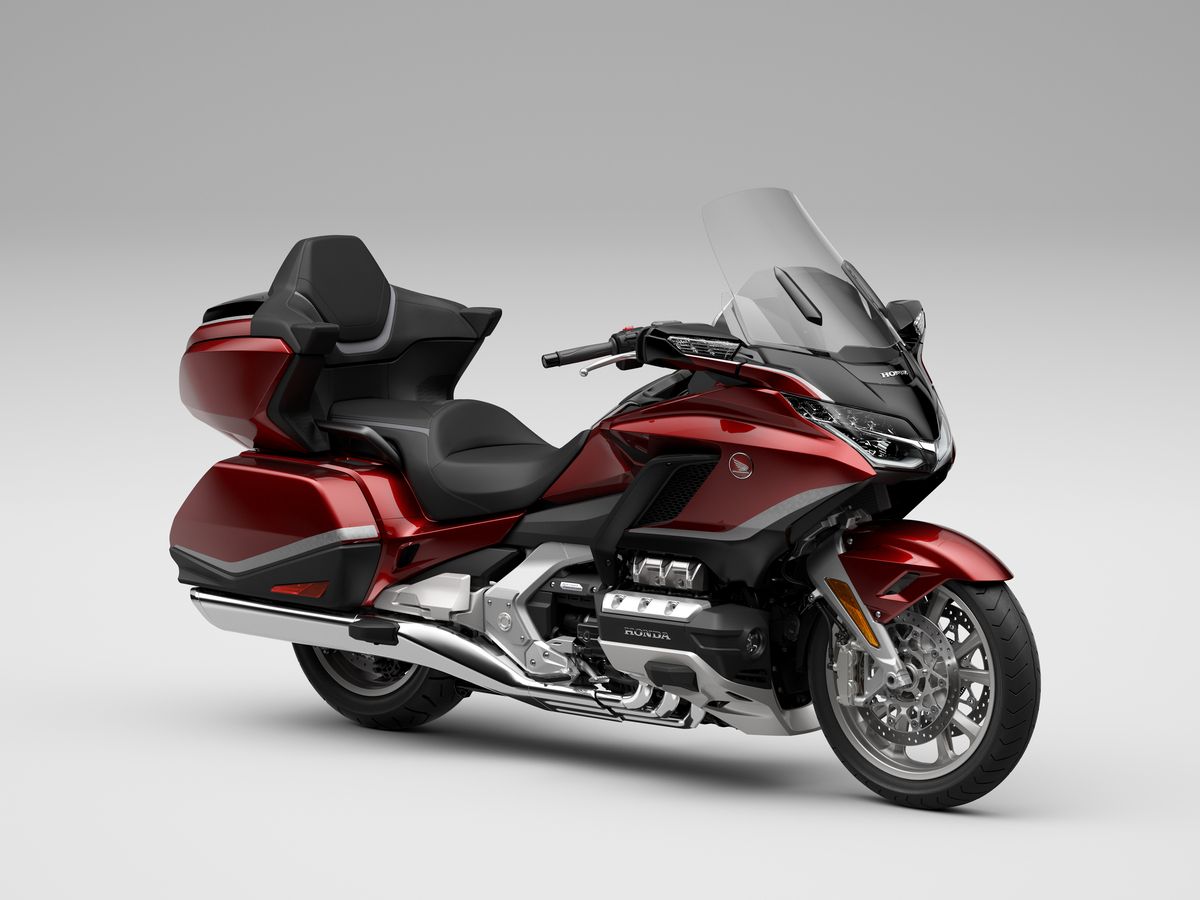
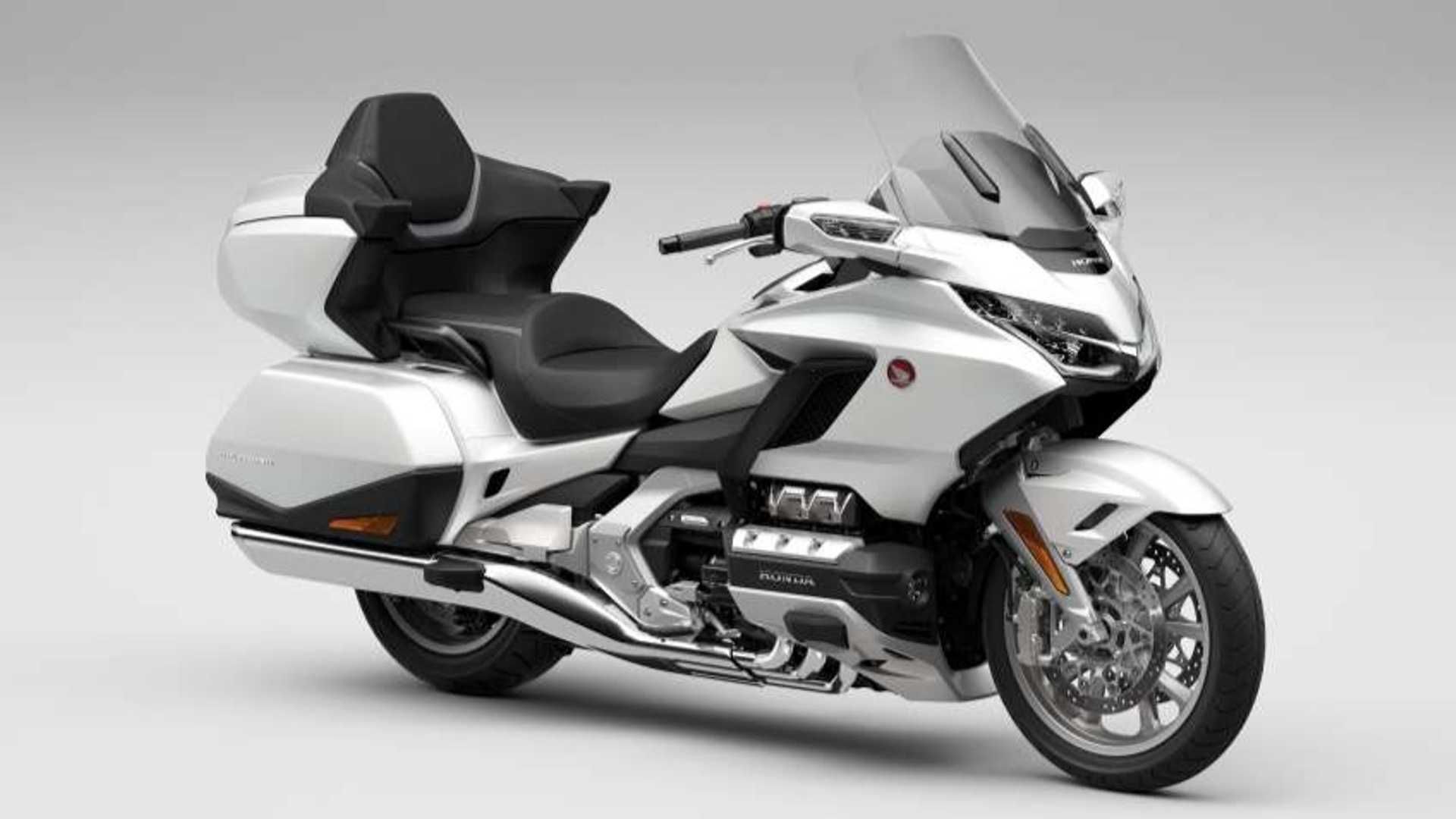
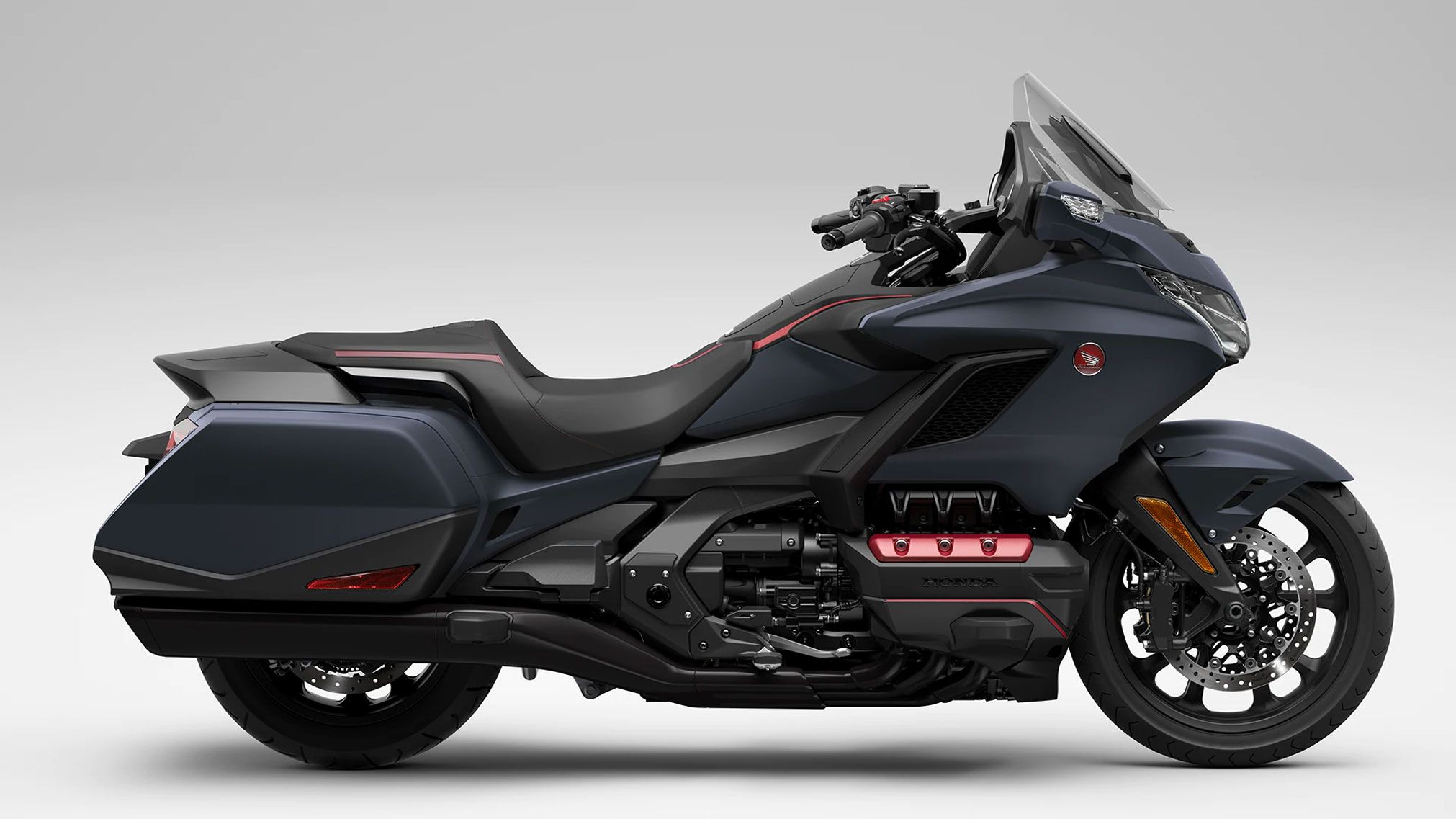
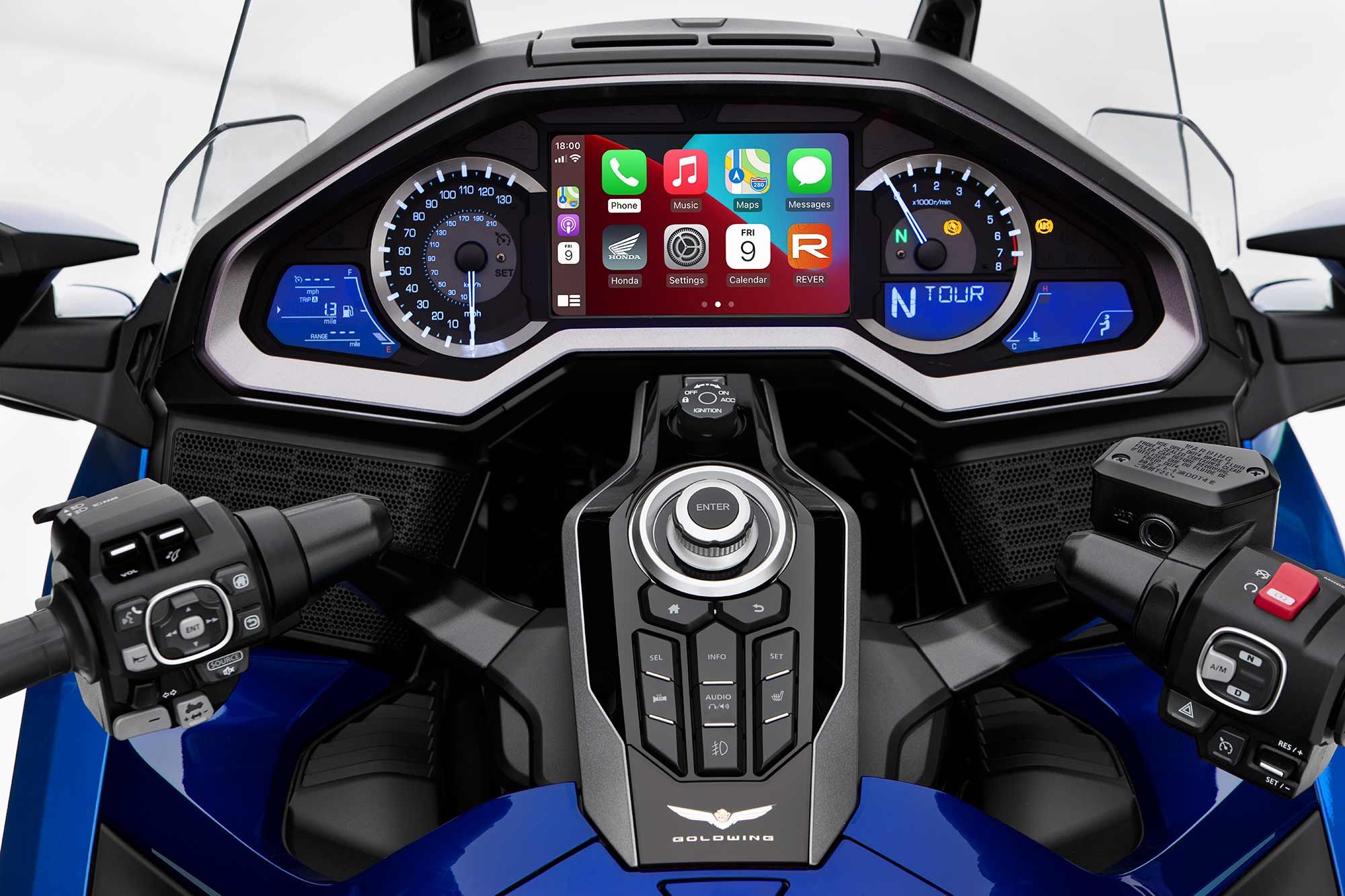

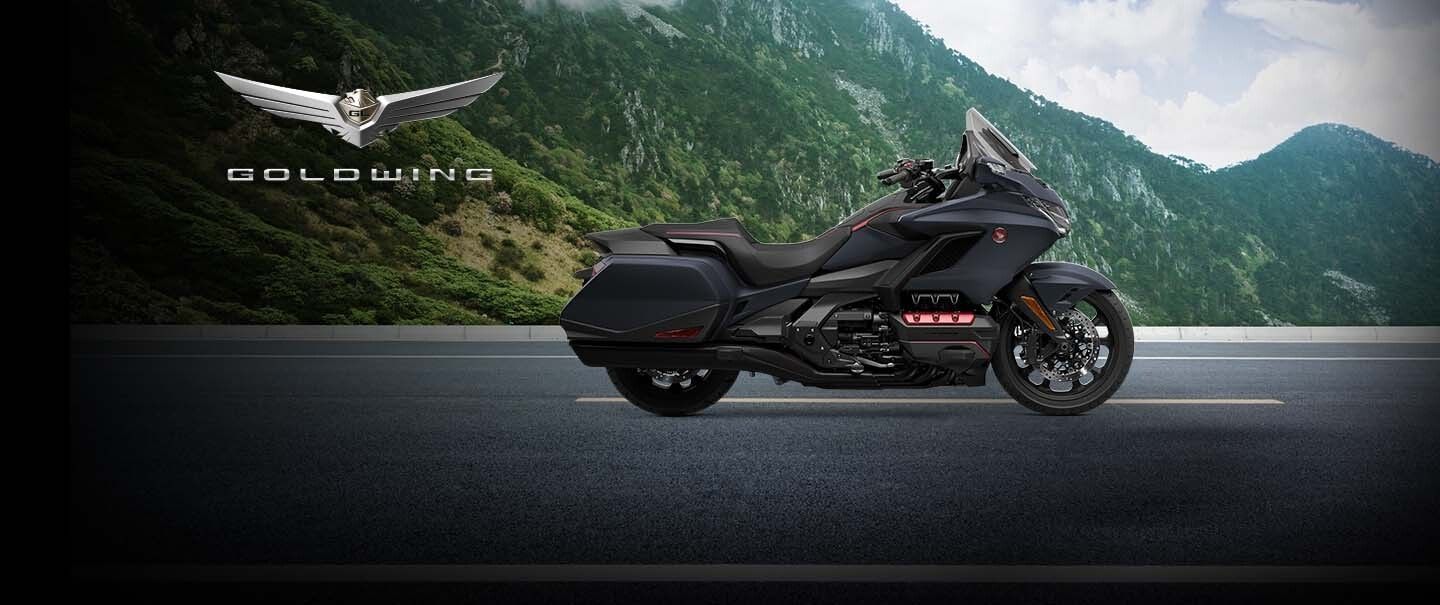
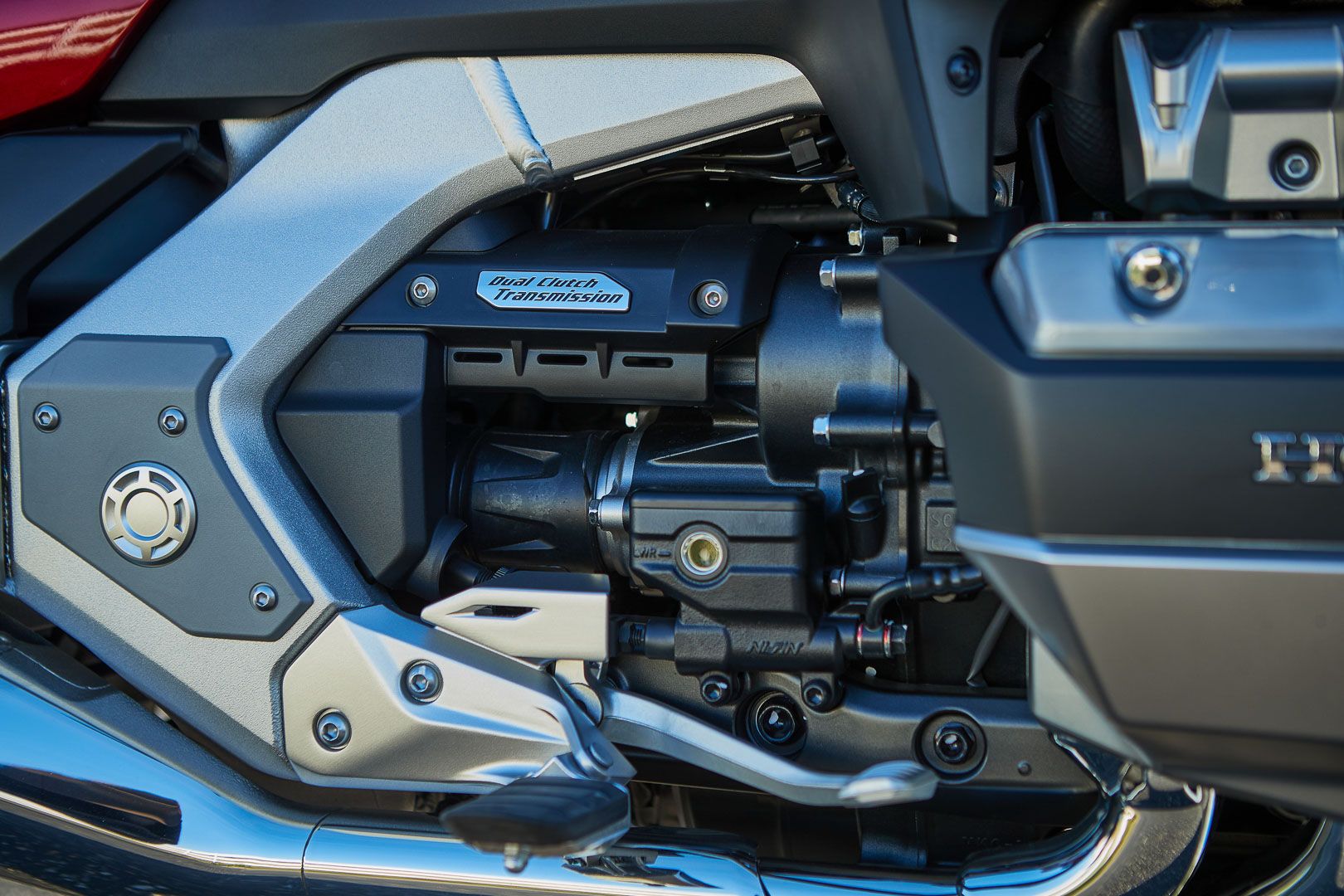
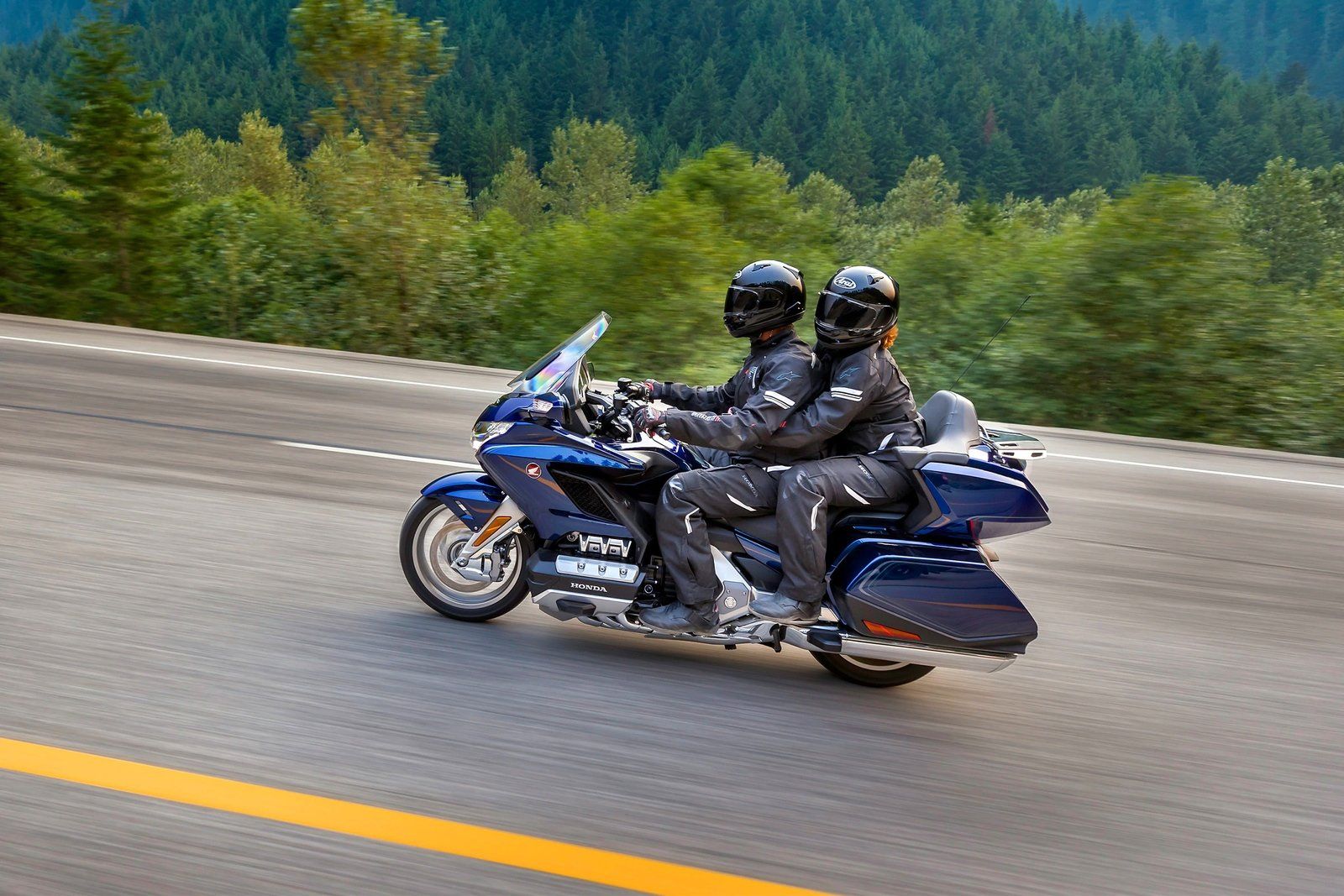
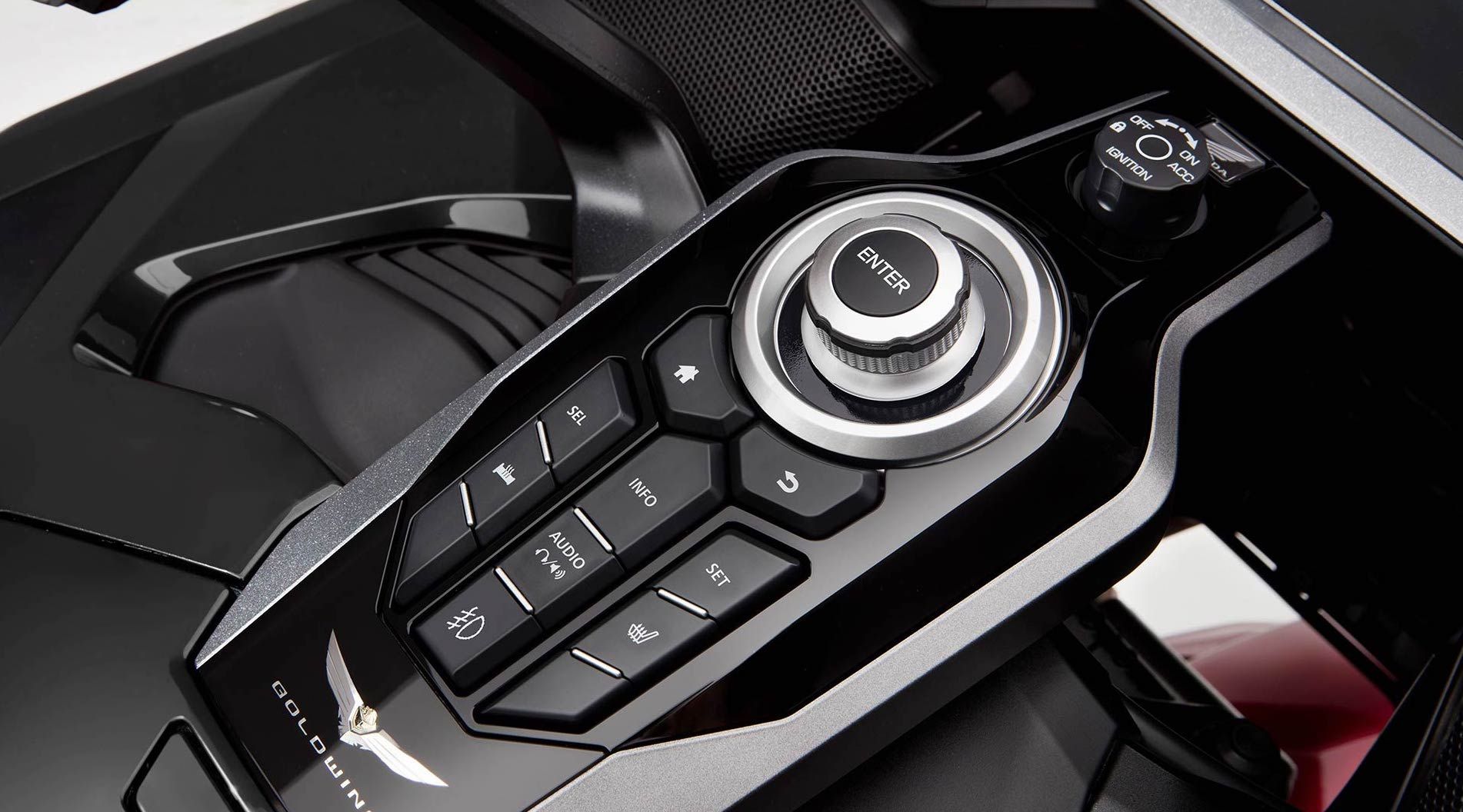
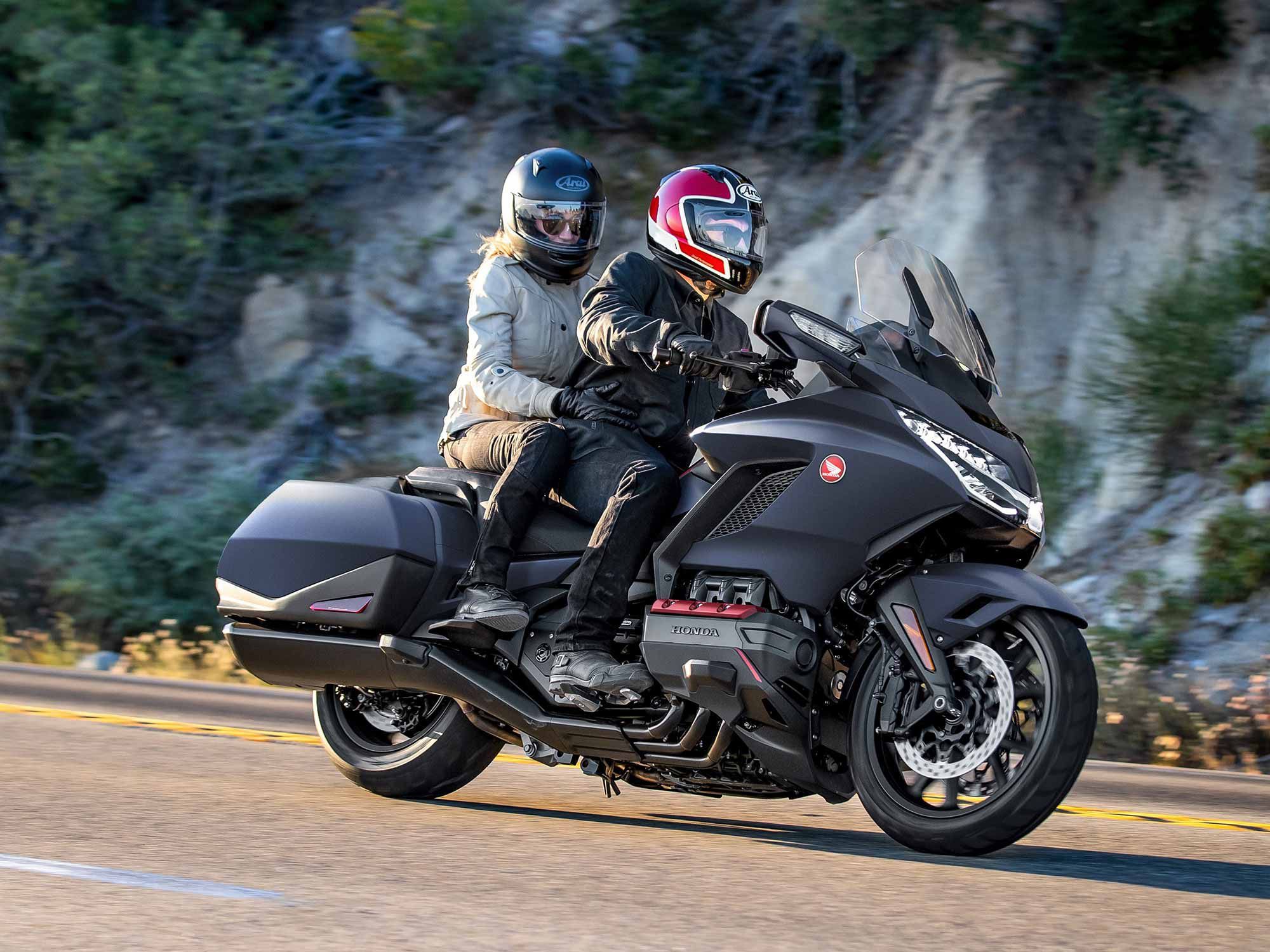
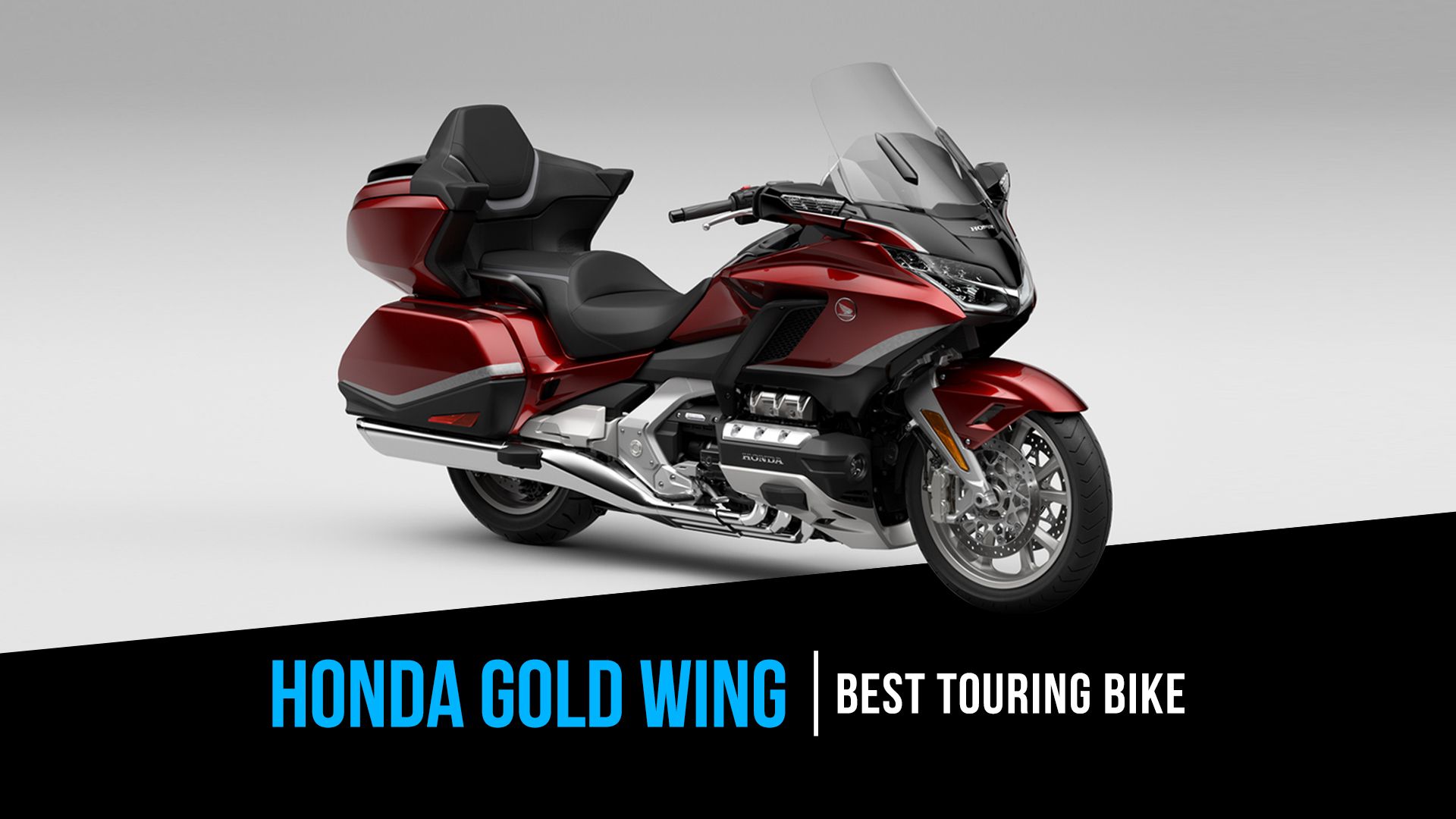
FAQ
Q: How much does a 2022 Honda Gold Wing cost?
Honda Gold Wings range from $25,300 to $32,800, depending on whether you want a top trunk, DCT transmission or rider airbag.
Q: Is Honda Gold Wing discontinued?
Definitely not! The latest Gold Wing was introduced in 2018 and was updated for 2022.
Q: How fast do Honda Goldwings go?
A Honda Gold Wing will accelerate from 0-60mph in 3.4 seconds and will top out at 140mph.
Q: How much does a 2022 Honda Gold Wing cost?
Honda Gold Wings range from $25,300 to $32,800, depending on whether you want a top trunk, DCT transmission or rider airbag.
Q: Is Honda Gold Wing discontinued?
Definitely not! The latest Gold Wing was introduced in 2018 and was updated for 2022.
Q: How fast do Honda Goldwings go?
A Honda Gold Wing will accelerate from 0-60mph in 3.4 seconds and will top out at 140mph.
